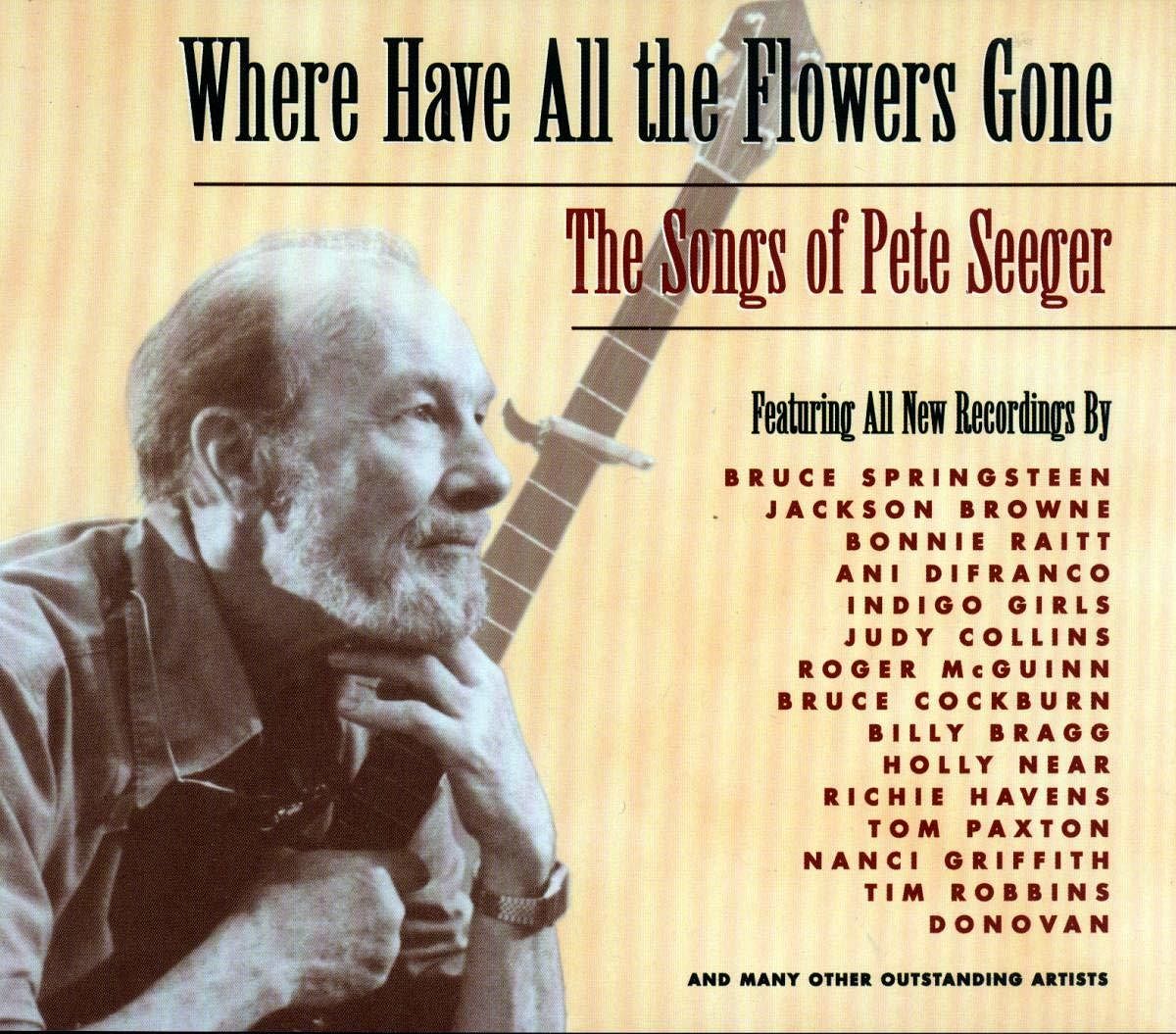
As the war rages and wreaks havoc in Ukraine, one remembers a timeless protest song ‘Where have all the flowers gone’ which was released this month (March 14) some 60-odd years ago by Pete Seeger.
Seeger, one of the most influential figures in American music, was a folk singer and activist who wrote ‘Where have all the flowers gone’ in 1955 when the Cold War was raging. It soon became an anthem for peace and anti-war movements.
The beauty of the song is its simplicity with a powerful message that rings out the madness and futility of war. Describing the cycle of life, it tells of flowers growing in the fields and picked by young girls who get married and their husbands who are soldiers go to war and get killed. They are buried and flowers placed on their graves; the graveyards become fields of flowers.
When you look for the meaning in the song, it is about the loss of life, loss of innocence and beauty and most importantly, the futility of war and how we never learn from mistakes and continue to wage wars. A strain of melancholy runs through the song as the chorus ends with “Oh when will they ever learn? Oh when will they ever learn?”
Coincidentally, as the Russia-Ukraine war carries on fiercely, Seeger’s inspiration for this song came from a Russian novel, ‘And Quiet Flows the Don’ by Nobel prize winner Mikhail Sholokhov. While reading the novel, Seeger came across some lines in one of the early chapters where, in Czarist Russia, the Cossack soldiers are galloping away to join the Czar’s army and singing: “Where are the flowers? The girls have plucked them. Where are the girls? They’ve all taken husbands. Where are the men? They’re all in the army. Gallop, gallop, gallop, wheeeee!”
Those lines taken from the traditional Cossack folk song, remained in Seeger’s head and a few years later while travelling in a plane, another line flashed in his mind — “long time passing”. He decided to club the two together along with the recurrent lament of intellectuals “when will they ever learn?” And a song was born.
The melody and the first three verses were written by Seeger in 1955 and published in Sing Out magazine. The additional verses were added by Joe Hickerson in 1960 who turned it into a circular song.
The moving song with its call for peace became a hit with many singers. The folk group Peter, Paul and Mary was among the first to add this song to their repertoire, followed by others such as The Kingston Trio, Marlene Dietrich, Johnny Rivers and Dolly Parton. Fittingly enough, Seeger’s recording of his composition was inducted into the Grammy Hall of Fame in 2002. In 2010, the New Statesman listed the song as one of the ‘Top 20 Political Songs’.
Pete Seeger’s memoir ‘Where have all the flowers gone’ in words and songs was published in 1993. It has been reissued in 2009 and includes photos, stories and words and music to over 100 Seeger songs and the process he underwent writing them.
The song which came out post-World War II continued to be relevant when various wars were fought later. Even as the madness of wars takes hold, lessons are not learnt.
As the song goes: Oh when will they ever learn? Oh when will they ever learn?